Similar others
April 10th, 2023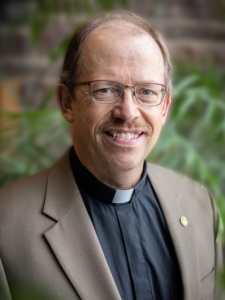 By Pastor John Hulden
By Pastor John Hulden
This blog is written for you church leaders. How are you doing after Holy Week and Easter? How are you really? Thanks for all you did to make Lent and Easter worship happen at your setting. Now that we are in the season of Easter, it is a good time to check in on your wellbeing.
At our ministerium last month, our guest speaker was Matt Bloom. Wait, what’s a ministerium? It’s when our synod’s pastors and deacons gather for a Sunday morning experience on a Thursday. We worship. We have coffee hour (that’s not really an hour). We have an education hour — the spring one was with Matt Bloom.
“When we are connected, we can process the good, bad, and the ugly with people working the same jobs.”
Who is Matt Bloom? He’s a professor who has been studying and teaching about wellbeing for more than 20 years.
At our ministerium, Matt Bloom first shared a simple way to check in on your daily wellbeing. At the end of the day, on a paper calendar, quickly reflect on your day. Was it a good day? Put a smiley face on today’s calendar square. Was it a bad day? Put a frowny face. For our well-being, we need more good days than bad days. Scientific studies demonstrate, and Matt has seen and participated in this research, the wellbeing ratio is 3:1. If I have three good days to one bad day, then I’m doing ok. Bad days take more time for recovery.
If your week or month has as many bad days as good days, something needs to change. What kind of change? Small changes are best. Big changes are risky and small changes tend to last.
ANOTHER DIMENSION OF well-being is resilience. There will be ups and downs, so we need to refuel. Three things that bring our resilience capacity back up are building into our lives: 1) a way to detach, 2) a way to relax, and 3) a way to grow. Take a moment to think about this: Outside of work, what’s your favorite way to detach? to relax? to grow?
Matt also shared about how meaning (your core values and beliefs) and self-integrity (your sense of worth) influence your wellbeing.
Then Matt shared about the “fifth dimension” of wellbeing — and I’m not talking about that cool musical group from the sixties that sang “Aquarius” and “Up-Up And Away.”
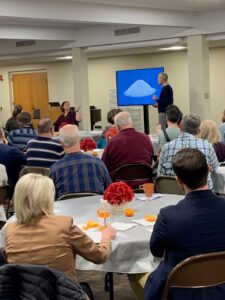
Matt Bloom presents on resiliency and connectedness at the 2023 MAS Spring Ministerium. More than 100 rostered leaders participated in the event.
Some of y’all who have seen me at synod events will know that I can’t help talking about the importance of Peer Groups with anyone that has a desk at a church: pastors, deacons, musicians, communicators, administrators, faith formation leaders, and more. It’s a wonderful thing for people with the same weird job to get together to pray, support, and learn together in a peer group.
Well, I got schooled on the importance of peer groups at last month’s ministerium. And I loved it!
“If your week or month has as many bad days as good days, something needs to change.”
The fifth dimension of wellbeing is connectedness. This is where I heard there is scientific evidence that peer groups are really, really, good for you. Besides relying on our “Significant Others” (friends, family, life partners), we need “Similar Others.” When we are with similar others, i.e. peer groups, we can be more fully ourselves.
When we are connected, we can process the good, bad, and the ugly with people working the same jobs. In a peer group of similar others, we can try out ideas in a safe place. When we are in good company, we can truly rest and relax.
So, start a peer group! There’s information about how to do so on a synod web page.
And Matt pointed us to a wellbeing survey — only nine questions. You can check out the survey yourself.
Blessings to you these weeks of Easter. And, here in Minnesota, we finally have some spring weather to match!
I pray for your wellbeing. Remember you are a good and capable person. The God-who-rose-Jesus-from-the-dead loves you no matter what.


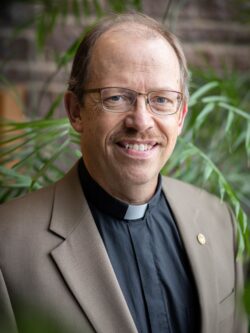
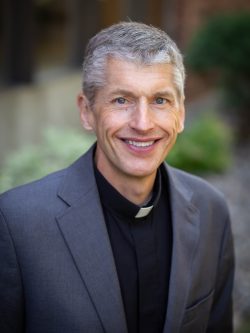
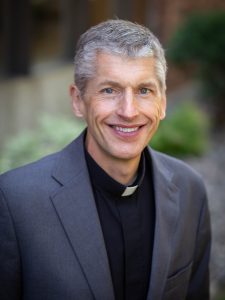 By Pastor Craig Pederson
By Pastor Craig Pederson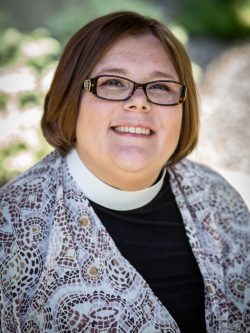
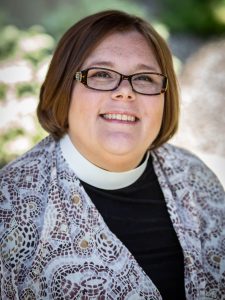 By Pastor Norma Malfatti
By Pastor Norma Malfatti 
 By Jack Hurbanis
By Jack Hurbanis 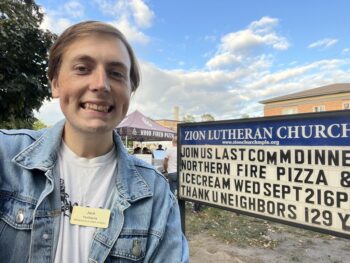
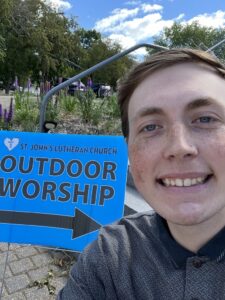
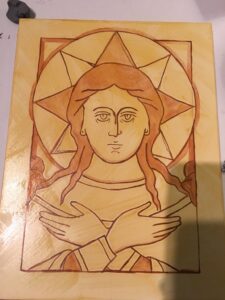
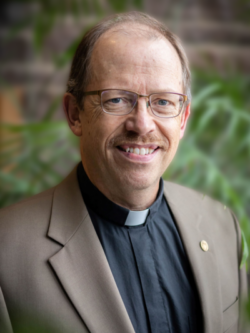
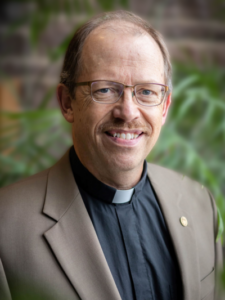 By Pastor John Hulden
By Pastor John Hulden 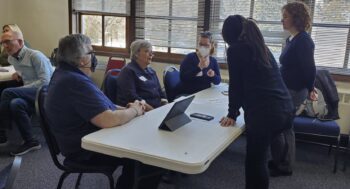
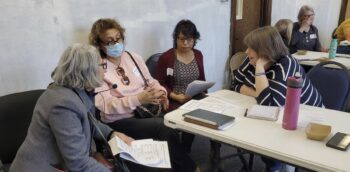
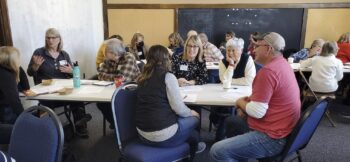
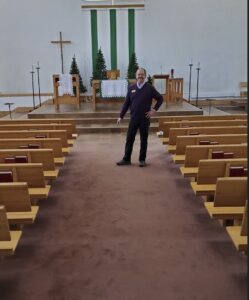
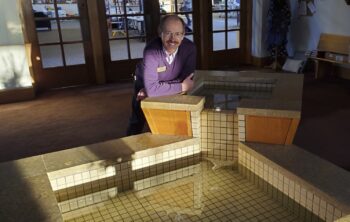

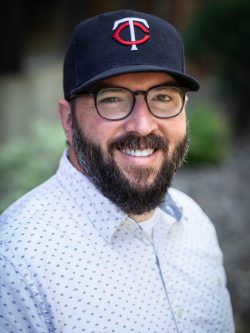
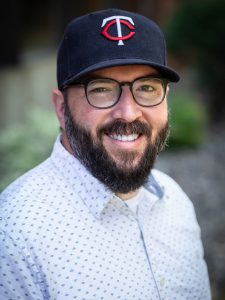 By Nicholas Tangen
By Nicholas Tangen 
 By Maya Bryant
By Maya Bryant 
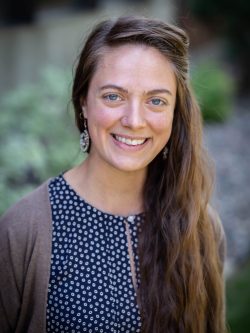
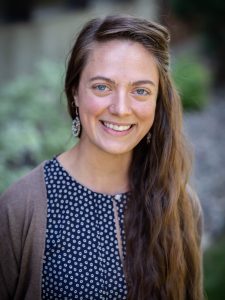 By Emilie Bouvier
By Emilie Bouvier